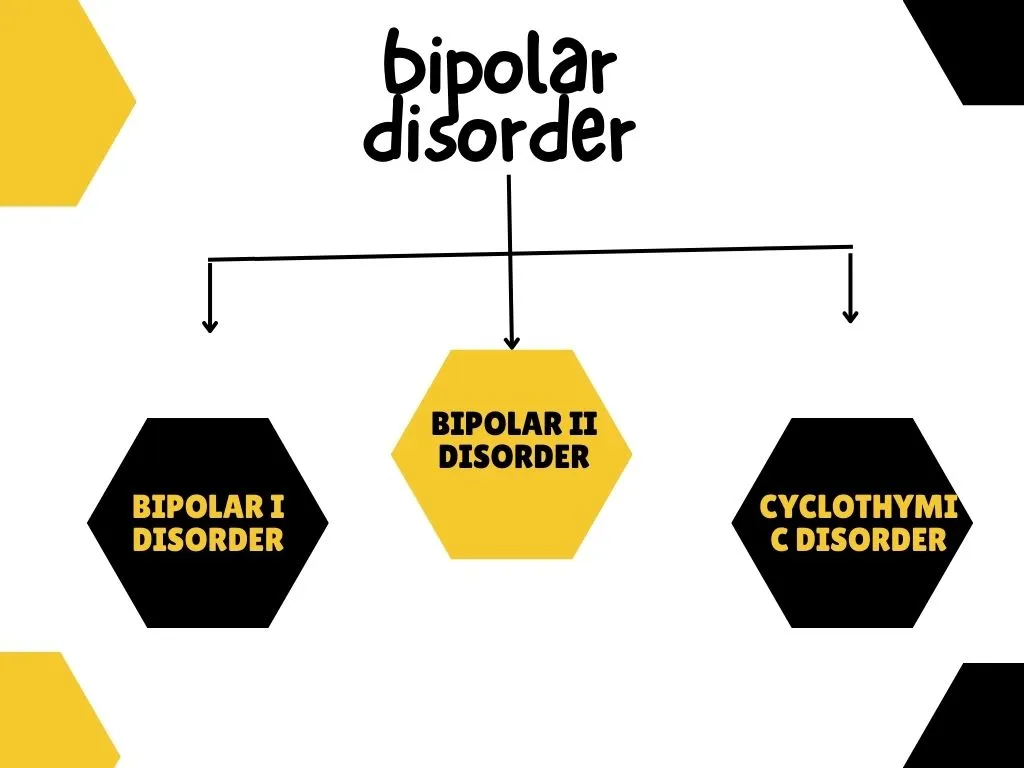Bipolar or manic-depressive disorders
Bipolar disorders (also called manic-depressive disorders) are characterized, unlike unipolar disorders, by the presence of one or more manic or hypomanic episodes, which does not however prevent the existence of depressive episodes in parallel. We will speak of bipolar disorder even in the absence of a major depressive episode.
Symptoms of a manic episode are
- Overvalued self-esteem or ideas of grandeur
- Reduced sleep time without apparent fatigue
- Very high speech rate
- Declining attention span
- The highly volatile functioning of thought
- Hyperactivity
- Lively engagement in pleasant but risky activities (impulse buying – risky sexual behavior, etc.)
The DSM-IV speaks of a mixed episode when a major depressive episode coexists simultaneously with a manic episode, this almost every day for at least a week. In this case, the person quickly goes into extreme mood states between euphoria and depression.
During the diagnosis, the patient’s suffering will also be noted as well as the consequences of his disorder on his daily, social, family and of course professional life.
The DSM-IV distinguishes three kinds of bipolar disorder
- Type I disorder,
- Type II disorder and
- Cyclothymic disorder.

What is Bipolar I Disorder?
It is the most common bipolar disorder. It is characterized by at least one manic or mixed episode.
The manic episode is most often accompanied by a major depressive episode even if it is not an obligation.
What is Bipolar II Disorder?
Bipolar II disorder is characterized by the association of at least one major depressive episode and one hypomanic episode.
The hypomanic episode has the same characteristics as the manic episode except for its intensity and duration.
During the hypomanic episode, the symptoms are less intense and the duration is shorter while maintaining a minimum of four days for the diagnosis to be made. In this case, hypomania due to its lower intensity does not lead to incapacity from the professional and social point of view.
What is cyclothymic disorder?
This disorder is defined by an alternation of hypomanic episodes and mild depressive episodes. If the disorders are less intense than in bipolar I and II disorders, they must last 2 years without interruption of symptoms for more than two months.
This disorder is more difficult to diagnose because it does not correspond to major depressive disorders or manic episodes. Thus, people who suffer from it do not recognize its pathological nature and rarely consult. However, this disorder can lead to difficulties in social and professional adaptation.
